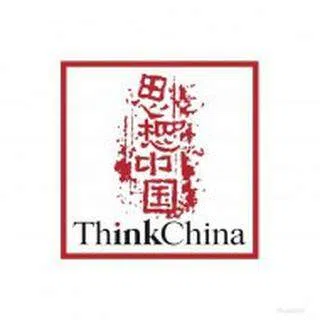Europe’s ‘final battle’
Europe faces a crucial crossroads: overcome strategic passivity, assert its autonomy and shape its future — or risk being sidelined in global conflicts and losing control over its destiny. Chinese academic Chu Zhaogen assesses the state of play.
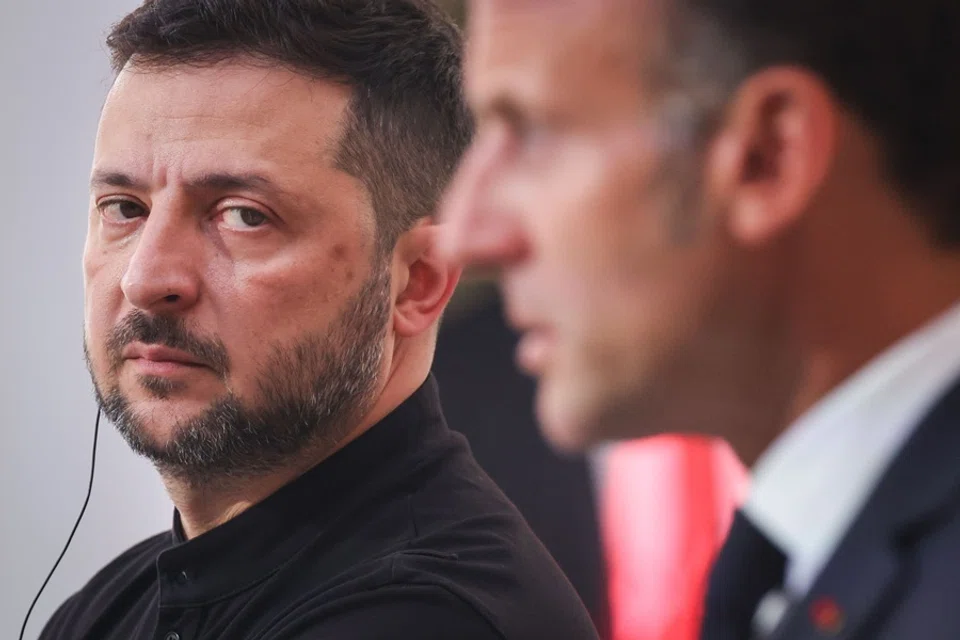
Last month, the White House hosted a rare display of multilateral diplomacy. US President Donald Trump held a bilateral meeting with Ukrainian President Volodymyr Zelenskyy, followed by joint talks with several European leaders. This “Ukraine–Europe coalition” was more than just a response to the ongoing Russia–Ukraine war; it signalled a broader European effort to assert its strategic autonomy.
The visit, although symbolic, highlights growing rifts between the US and Europe over the sequence of ceasefire negotiations and the sharing of security responsibilities. Europe favours a “ceasefire first, then four-party talks involving Russia, Ukraine, the US and Europe”, and hopes for US security guarantees for Ukraine. Meanwhile, Trump insists Europe should shoulder most of the responsibility and no longer sees a ceasefire as a prerequisite for negotiations.
Their mission was not only to secure continued American support for Ukraine, but also to defend a European vision grounded in sovereignty, the rule of law and multilateralism.
Different strokes for different folks
These differences were clearly reflected in diplomatic gestures. When Trump met Russian President Vladimir Putin in Alaska on 15 August, he greeted the still-sanctioned Russian leader personally at the airport, rolled out the red carpet, and rode with him in the presidential limo.
Three days later, the reception for Zelenskyy and the European leaders was noticeably more modest — they received ordinary pen holders, while Russian President Vladimir Putin had been gifted a bald eagle desk statue. The symbolic contrast underscored the disparity in status between Russia and Europe in Trump’s eyes. Despite arriving with a high-ranking delegation of European leaders, Zelenskyy’s second visit to the US barely managed to uphold the appearance of unity.
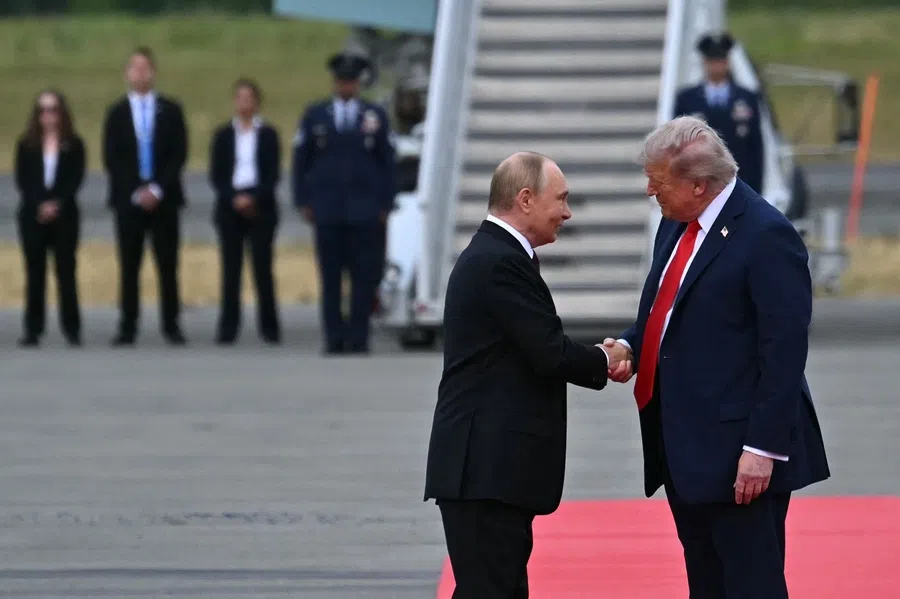
From a broader perspective, the Russia-Ukraine war has dragged on for three years, with the frontlines locked in a stalemate and no hope for peace in sight. Although Ukraine continues to resist with determination, its resources and morale are severely depleted. Trump’s return to the political stage has further unsettled Ukraine and its European allies, as he has hinted at accepting Russian control over parts of eastern Ukraine in exchange for a ceasefire.
Amid rising strategic anxiety, Zelenskyy travelled to the US alongside European leaders in an effort to present a united European front. Their mission was not only to secure continued American support for Ukraine, but also to defend a European vision grounded in sovereignty, the rule of law and multilateralism.
What Europe must do
Yet this diplomatic effort also exposed Europe’s uncomfortable reality. Despite the show of unity, Europe has long been sidelined in the Russia–Ukraine conflict. From failed mediation attempts at the war’s outset to its reactive role in sanctions and aid, Europe has consistently struggled to lead. While the US has engaged Russia directly through Track 2 diplomacy, Europe has not even been able to enter the room. In Trump’s vision for peace, Europe appears less a strategic partner than a supporting actor.
The divergences and disparities between the US and Europe have made the latter realise that without demonstrating unity and strength, it will struggle to even get a seat at the negotiating table — let alone ensure its own security and future.
The European Union (EU) itself is a product of the liberal international order and globalisation — if the current tide of reversal is allowed to continue, would that not threaten the very foundation of its existence?
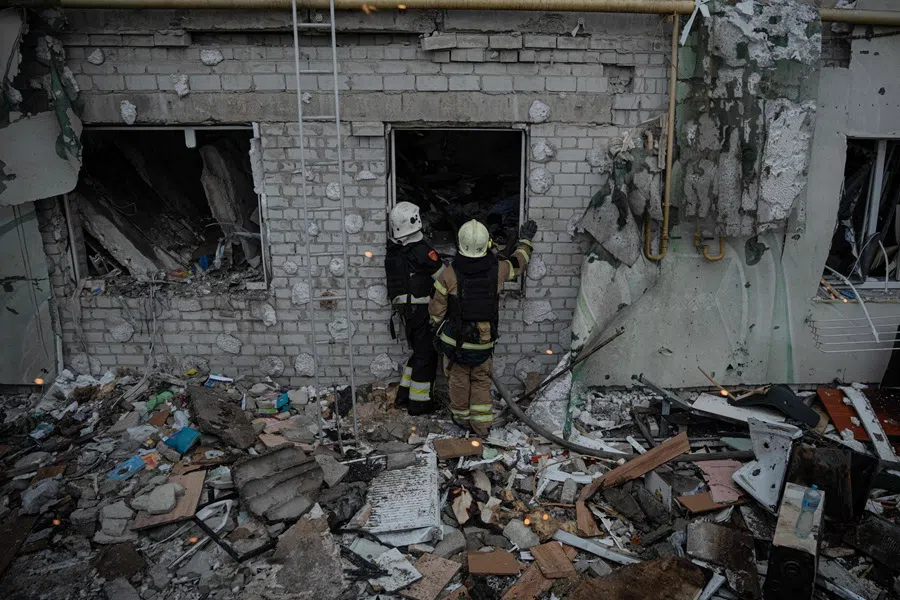
Firstly, Europe must pursue strategic autonomy. For a long time, Europe has heavily relied on the US for security, with Washington effectively steering everything from NATO structures to intelligence systems. The Russia-Ukraine war has only magnified this dependence. If Europe fails to put forward its own peace initiatives and security framework now, it risks remaining a passive actor — reacting only when Russia provokes a crisis — and being reduced to a bargaining chip in the geopolitical tug of war between Washington and Moscow, or worse, manipulated by both.
Secondly, Europe must defend its value system. European countries — from France, Germany, Poland to northern Europe — have long seen themselves as normative powers, championing human rights, the rule of law, and democracy. But if they ultimately accept territorial compromise and abandon Ukraine’s sovereignty, this entire value system will be fundamentally undermined. The European Union (EU) itself is a product of the liberal international order and globalisation — if the current tide of reversal is allowed to continue, would that not threaten the very foundation of its existence?
Next, Europe must rebuild its institutional influence. The existing EU mechanisms, NATO structures, and diplomatic coordination frameworks were largely shaped by Cold War logic. Today, they are showing signs of strain in the face of hybrid warfare, technological dominance, and growing geopolitical fragmentation.
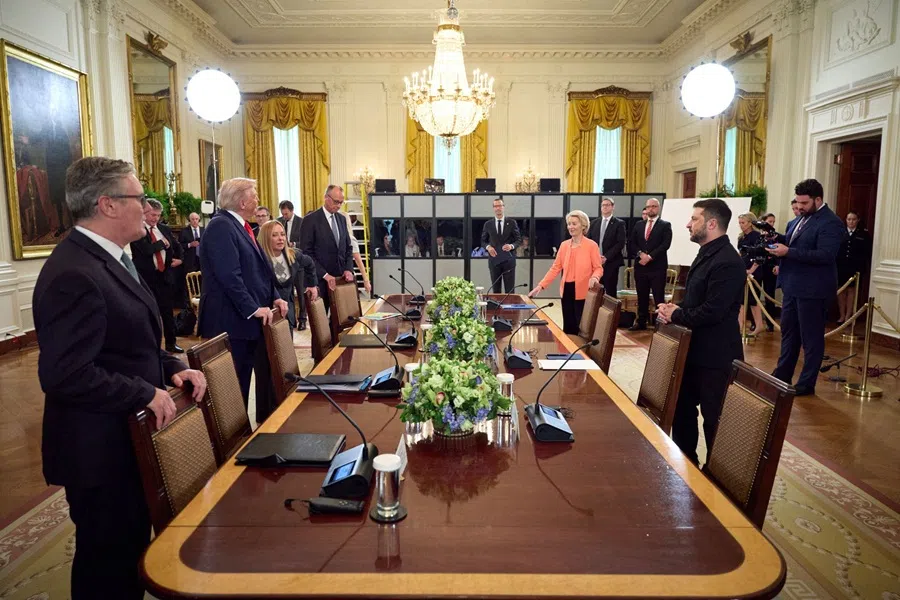
Europe must break free from strategic inertia and its habit of value-based compromise. Moral posturing and passive proposals are no longer enough. To secure peace and order, Europe must be willing to take calculated risks and project strength where it matters.
Beyond passivity: Europe’s choice
The White House meeting may have been largely symbolic, but it serves as a reminder to Europe that opportunities still exist — and that a US-Europe split could also become a reality. Today’s divide between the US and Europe is no longer about “Old Europe” versus “New Europe”, but, as renowned American political scientist Robert Kagan once put it, a case of “Americans are from Mars and Europeans are from Venus” — reflecting a fundamental divergence in American and European lifestyles and values between the US and Europe.
While Zelenskyy’s resolve, Ukraine’s sacrifices and Europe’s unity may well coalesce into political capital, if they cannot be transformed into a driving force for strategic autonomy, Europe will ultimately lose the ability to shape its own future.
If it cannot repel Moscow on the battlefield or compel it to come to the negotiating table, Europe will not only fail to honour its commitments to Ukraine but also jeopardise its own future. In this sense, Europe still faces a “final battle”...

Winston Churchill once said, “Meeting jaw to jaw is better than war.” But the prerequisite is simple: you must be present. Europe can no longer afford to be absent or passive. If it cannot repel Moscow on the battlefield or compel it to come to the negotiating table, Europe will not only fail to honour its commitments to Ukraine but also jeopardise its own future. In this sense, Europe still faces a “final battle” — one that will determine its future, its order, and its dignity.
The question is, after weathering this storm, are the emotional bonds of the transatlantic alliance already frayed? If the US steps back from its responsibility for European security, will Europe still be willing to sacrifice its strategic autonomy and the stability of its way of life to continue footing the bill for American hegemony — and to be drawn into conflicts that do not serve its own interests?
This article was first published in Lianhe Zaobao as “欧洲仍需要最后一战”.
